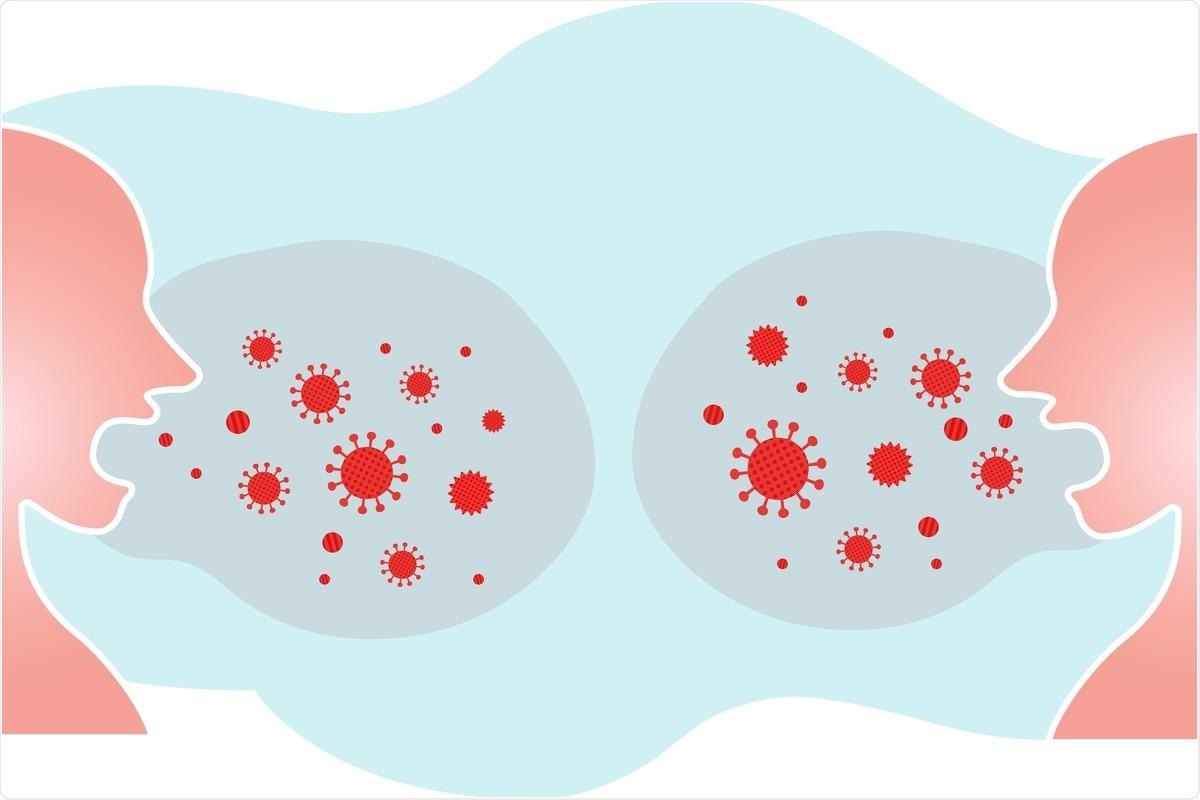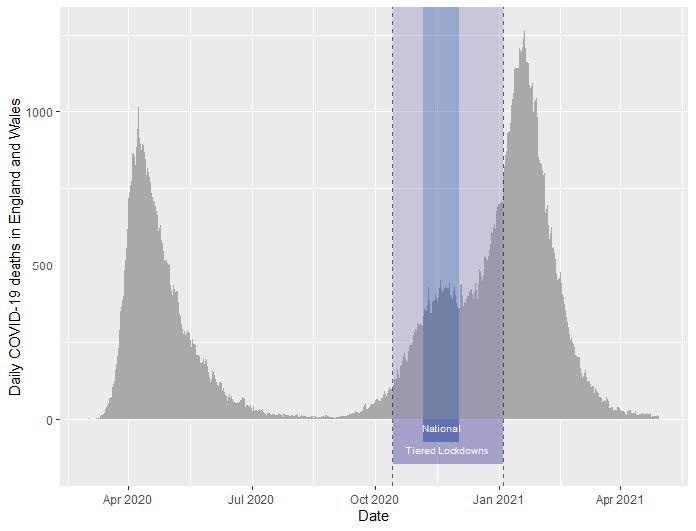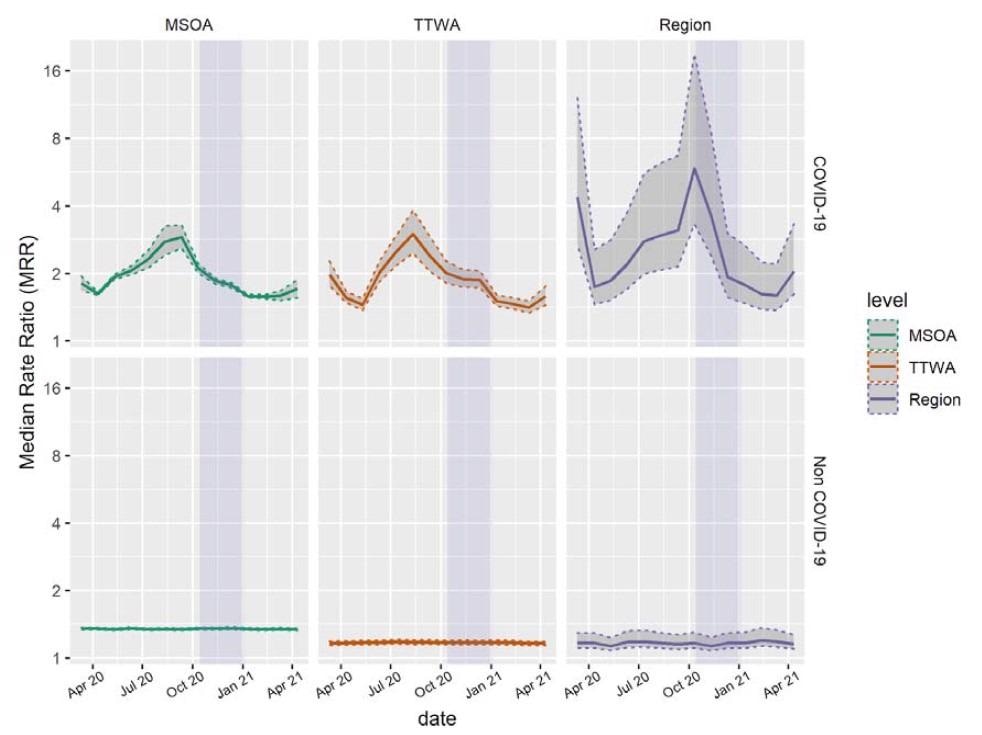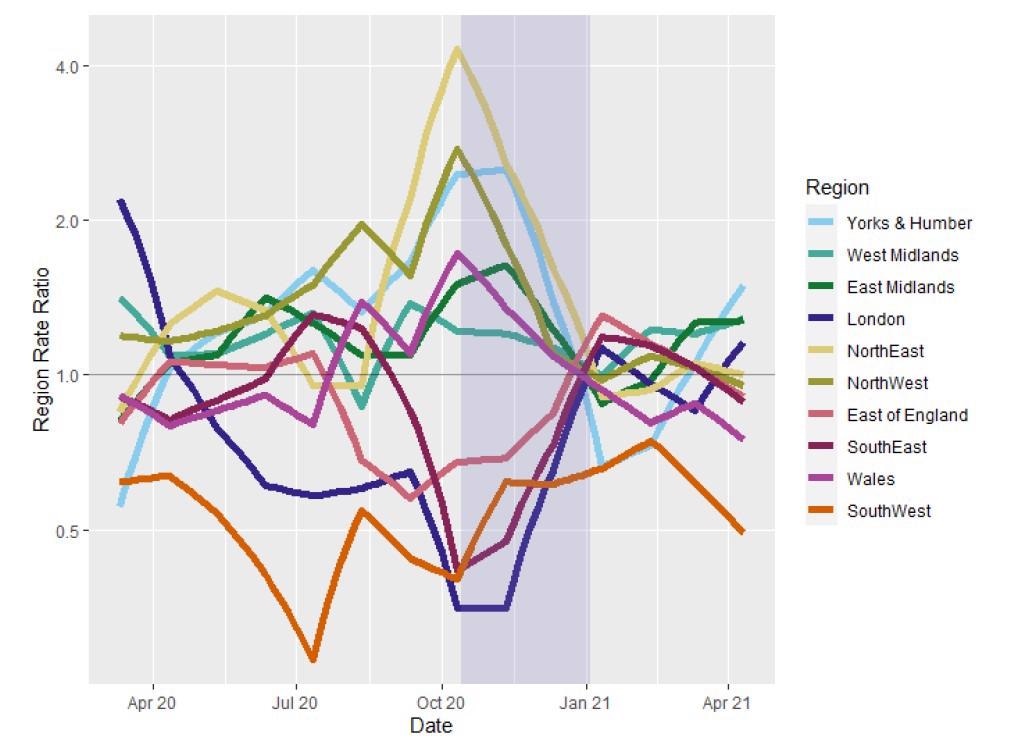Researchers have conducted various experimental as well as observational studies to understand the nature and progress of the ongoing coronavirus disease 2019 (COVID-19) pandemic, caused by severe acute respiratory syndrome coronavirus-2 (SARS-CoV-2). Previous studies have indicated that the worst COVID-19 outcomes have been observed in more deprived areas.

Study: Continuing inequalities in COVID-19 mortality in England and Wales, and the changing importance of regional, over local, deprivation. Image Credit: suma2020/ Shutterstock
A New Study
In new research, scientists at the University of Bristol and the University of Liverpool used multilevel modeling to predict how geographical inequalities are related to COVID-19 mortality in England. They reported significant geographical disparities in COVID-19 related mortality than in non-COVID mortality. They further correlated area-level deprivation with higher COVID-19 related mortality.
Recently, the same group of researchers refined their earlier analysis by using new data sets to determine deaths due to COVID-19 instead of including deaths involving COVID-19 in small areas. This study has been posted to the medRxiv* preprint server.
England, like most countries, was subjected to various COVID-19 restrictions but still saw surges in the number of infections, deaths, and hospitalizations. Until recently, researchers have consistently revealed that neighborhood deprivation is associated with higher SARS-CoV-2 infection rates. However, this association was altered after the implementation of localized tiered restrictions. Following this rule, scientists observed that the most deprived areas reported the lowest COVID-19 case rates in November and December 2021. However, there is a lack of information regarding the extent of this reversal, especially in terms of mortality.
Having obtained new data and evidence indicating a change in the pattern of SARS-CoV-2 infection, the current study focused primarily on three central questions: (a) Do geographical inequalities in non-COVID-19 mortality continue to be lower than geographical inequalities in COVID-19 mortality? (b) Is higher mortality due to SARS-CoV-2 infection still associated with lower spatial inequality? (c) Was there a discernible impact on the relationship between deprivation and local mortality during the period before and after the implementation of local tiered lockdowns?
Key Findings
The main finding of this study was that geography had a crucial impact on COVID-19 mortality compared to non-COVID-19 mortality. In England in April 2020, the mortality rate was high everywhere and, hence, not much difference was recorded between the different areas of the country. However, when the overall mortality rate decreased in the following months, scientists observed the existence of spatial inequalities.

Number of deaths recorded with COVID-19 as cause of death per day in England and Wales, over the study period. Purple highlight indicates the period of locally sensitive tiered restrictions. Blue highlight indicates 27 days of national lockdown from 5th November to 2nd December 2020
The authors observed that although fewer deaths were reported in some areas, specific areas exhibited a high mortality rate. Researchers probed to understand if this differential rate was constant for an extended period. They revealed that since the onset of the pandemic, the association between high COVID-19 mortality and deprived areas remained constant. A remarkable change in the geographical inequality was observed around October when regional inequality peaked, soon after the cases declined sharply.

Estimates of median monthly COVID-19 and non-COVID-19 mortality rate ratios across three administrative scales from March 2020 to April 2021. Dotted intervals indicate 2.5th and 97.5th percentile credible intervals of posterior parameter distributions. Purple highlight indicates the period of locally defined tiered restrictions. MSOA, Middle-Layer Super Output Area; TTWA, Travel to Work Area.
Previous studies have indicated that tiered restrictions effectively decreased local case numbers inequality. The current study indicated that the reduced inequality was due to a lower mortality rate in the northern regions, tighter local restrictions, and increased mortality rate caused by SARS-CoV-2 lineage B.1.1.7 in the South East. Interestingly, from August to October 2020, scientists observed a strong relationship between material deprivation and COVID-19 mortality.

Estimates of monthly COVID-19 and non-COVID-19 VPCs across three administrative scales from March 2020 to April 2021. Purple highlight indicates the period of locally defined tiered restrictions. MSOA, Middle-Layer Super Output Area; TTWA, Travel to Work Area.
Scientists reported that the multilevel decomposition strategy offered a more in-depth revelation of the areas among the deprived regions with higher mortality. This study identified two areas, i.e., deprived Travel to Work Areas (TTWAs) within regions, and deprived Middle Layer Super Output Areas (MSOAs) within TTWAs, who were at a higher risk of COVID-19 mortality throughout the study period.

Monthly, regional COVID-19 mortality rate ratios, indicating regional mortality rate relative to precision weighted monthly population average. Model adjusted for local age structure and number of care homes. Purple highlight indicates the period of locally defined tiered restrictions.
Limitations of the Study
One of the limitations of this study involves the prediction of geographical impact based on a hierarchical sense. The model used in this study is not suitable to consider proximity or spatial networks or spatial contiguity. The authors indicated that if the structural levels at which spatial inequalities in COVID-19 mortality were experienced were misspecified, then that would lead to an underestimated value of actual inequalities being calculated.
Conclusion
This study revealed high levels of inequality in COVID-19 mortality across regions in England. As the COVID-19 pandemic is likely to progress towards endemicity, this study highlights the importance of more vaccination programs in the deprived areas to prevent the further spread of the infection and reduce the mortality rate.
*Important Notice
medRxiv publishes preliminary scientific reports that are not peer-reviewed and, therefore, should not be regarded as conclusive, guide clinical practice/health-related behavior, or treated as established information.
- Griffith, J. G. et al. (2022) Continuing inequalities in COVID-19 mortality in England and Wales, and the changing importance of regional, over local, deprivation. medRxiv 2022.01.28.22270022; doi: https://doi.org/10.1101/2022.01.28.22270022, https://www.medrxiv.org/content/10.1101/2022.01.28.22270022v1
Posted in: Child Health News | Men's Health News | Medical Research News | Women's Health News | Disease/Infection News
Tags: Coronavirus, Coronavirus Disease COVID-19, Mortality, Pandemic, Research, Respiratory, SARS, SARS-CoV-2, Severe Acute Respiratory, Severe Acute Respiratory Syndrome, Syndrome

Written by
Dr. Priyom Bose
Priyom holds a Ph.D. in Plant Biology and Biotechnology from the University of Madras, India. She is an active researcher and an experienced science writer. Priyom has also co-authored several original research articles that have been published in reputed peer-reviewed journals. She is also an avid reader and an amateur photographer.
Source: Read Full Article
